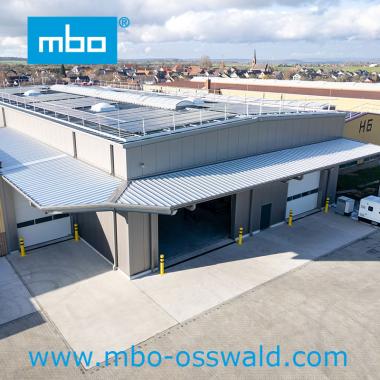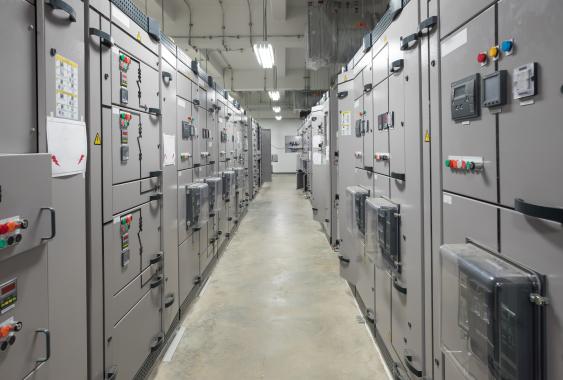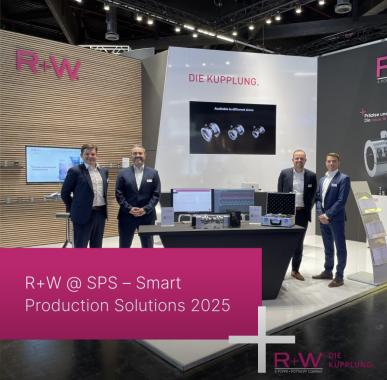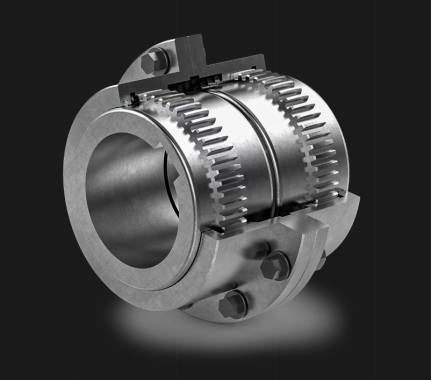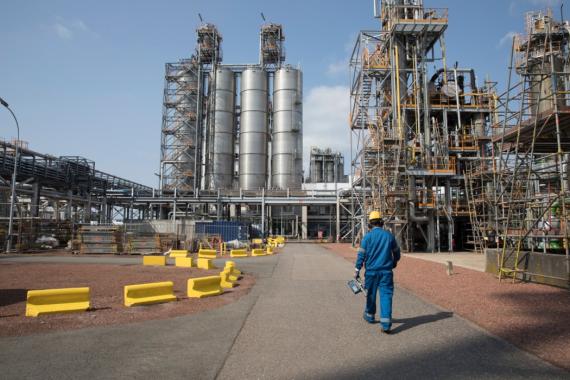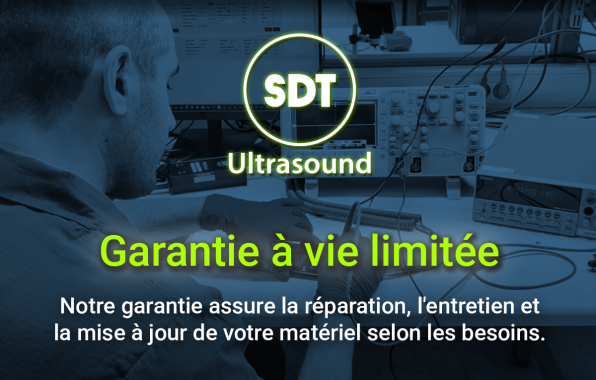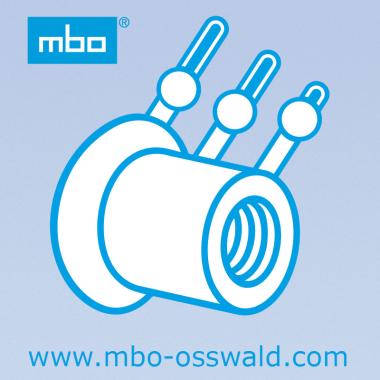Artificial intelligence in industry: a potential to be exploited

Long an abstract perspective, artificial intelligence (AI) today feeds research and the production processes of many industrial players. Machine Learning, Deep Learning, Symbolic AI… Multiple technologies coexist, each with its specificities. Should we take the leap? How to choose the most suitable technology? Antoine Couret, President of the France Artificial Intelligence Hub , takes stock of the industrial uses of AI and the trends that are disrupting the sector.
How old was the use of artificial intelligence in industry?
Since the coining of the term in 1956, AI has advanced in successive waves, from external systems and rule engines to the recent industrialization of learning models. In the 1970s, Air France thus mobilized so-called symbolic AI solutions to plan and optimize its flights and rotations, by integrating maintenance operations. Apart from R&D, the first strictly industrial applications mainly related to assistance with logistics and the supply chain, with the optimization of projects and the planning of teams on complex production lines. Similarly, rule engines have, for example, made it possible to support the management of containers in ports. We then saw the first contributions of AI appear in the mechanization of factories, in a fairly rudimentary way, without the ability to learn.
“Awareness of the potential that AI represents for the industry must progress”
Today, what are the main technologies used in industry?
The rise of connectionist AI in recent years is a sea change. AI is thus interfering with the production chain with automatic quality control projects: fault detection using sensors, or visual or thermal cameras. Concretely, at first, the operator remains present to check the products which pass on the production lines, allowing a progressive learning of the models. Once these are sufficiently mature, the operator can concentrate on checking the parts on which the AI is hesitant. And we can now reach less than 5% or 20% hesitation depending on the expected level of requirement. AI is also increasingly present in many topics related to logistics, mainly intra-warehouse or in limited areas (such as in a port for example). Like the famous robots in Amazon warehouses and especially the French startup Exotec: it is the AI that organizes their routes and prevents them from colliding with each other. In the manufacturing industries, there are also bots, conversational agents in charge, for example, of teaching management to operators and helping them to improve. Or even bots that will optimize industrialization design engineering.
Are new trends emerging?
In many sectors, the recent proliferation of sensors leads to the constitution of a large volume of data. The challenge is for the AI to feed on it to, for example, obtain gains in speed on the detection of defects or reduce the loss of material. This applies in particular to subjects of predictive maintenance , with the anticipation of breakdowns, on an aircraft for example, or even on the detection of faults on critical parts to guarantee production, safety, etc. The most recent advances still relate to the generation of new molecules in the world of chemistry: unsupervised models with tens of billions of parameters, integrating a massive amount of scientific corpus and laboratory analyses, can generate new components in these high-tech sectors, for example to decarbonize or reduce dependence on rare materials. On this subject, moreover, we can also mention the building sector, where AI is mobilized to improve energy consumption or reduce shortages of materials by finding alternatives.
What is the level of maturity of French companies in terms of AI?
France and Europe are advanced in terms of research, but there is a relatively high rate of loss as regards the transition to the operational phase. Trust and awareness of the potential that AI represents for industry must grow. The gap with the United States and China is real. Valuation differences currently observed – on the extreme model of the respective valuations of Tesla (1000 billion) and Renault (6 billion) – could soon be reflected in the respective turnovers.
"The size of the structure is not a determining criterion, the volume of data yes"
For an industrialist, how to choose the most suitable technology?
Current technologies are based on learning and therefore require volumes of data allowing the algorithms to learn – Machine Learning models essentially feeding on structured data (figures coming from sensors for example) while those of Deep Learning can also mobilize unstructured data, such as images, sounds and potentially smells. The choice of technology will depend in particular on the quality of learning and the associated data, but also on the way in which the transition to production is imagined. Can the machine be regularly connected in SaaS mode? Does the algorithm have to run on a small battery-operated robot? These are questions that manufacturers must ask themselves to choose between AI in SaaS mode, embedded AI or a mixture of the two.
How to assess the advisability of using AI?
You have to start by thinking about use cases: optimization, predictive maintenance, quality chain, automated inspection... Another decisive dimension is the maturity of the company in terms of data and AI, but also, in the case of a large group, from the appetite for the transversality of data between the different structures. Finally, AI technical maturity must be assessed: do I have data? Are they sufficiently structured? Important point: the size of the structure is not a decisive criterion. Like the IA Pack , in connection with the Ile-de-France region, SMEs can benefit from programs to assess the opportunity of such an approach. And clearly, many will benefit from finding out! The Hub France IA is there to help them.
Our other news
See allJoin the largest community of industrial suppliers
- Helping you with your ongoing technology watch
- Provide you with detailed supplier statistics
- Give you international visibility
Discover the largest catalogue of industrial products on the market
- To offer you the best catalogue of industrial products on the market
- To guarantee you a 100% secure platform
- Enable you to have live remote exchanges


 Français
Français 